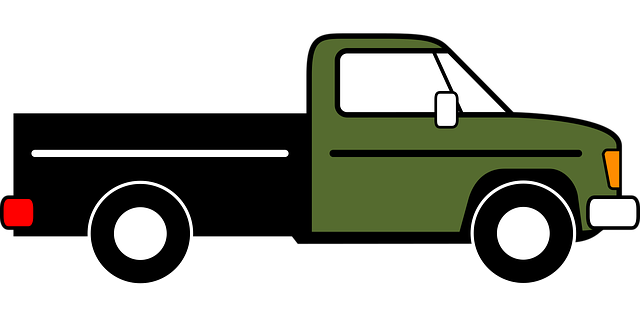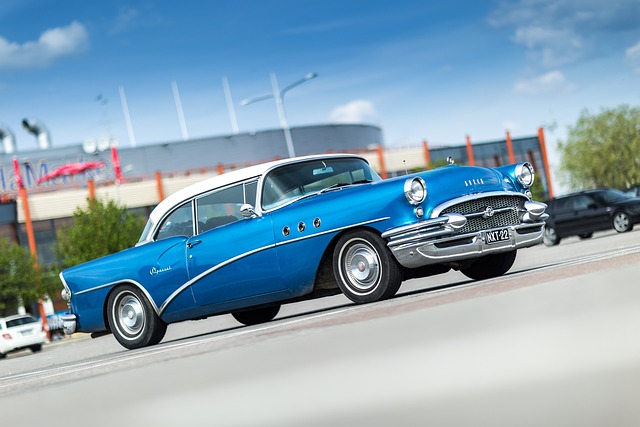Looking to register your car in California? Our step-by-step guide makes the process a breeze. First, understand the state’s requirements for car registration, including necessary documents and fees. Gather important paperwork, such as proof of insurance and vehicle ownership. Then, visit a local DMV office or use their online services. Verify your Vehicle Identification Number (VIN) using a reliable dmv vin verifier to ensure accuracy. Finally, pay the registration fee and obtain your official license plates.
- Understand California Car Registration Requirements
- Gather Necessary Documents for Car Registration
- Visit the DMV to Register Your Vehicle
- Verify VIN (Vehicle Identification Number) Accuracy
- Pay Car Registration Fees and Receive License Plate
Understand California Car Registration Requirements

Before registering your car in California, it’s crucial to understand the state’s specific requirements. The California Department of Motor Vehicles (DMV) mandates several steps for car registration, including verifying the vehicle identification number (VIN). A VIN is a unique code that identifies your vehicle and is typically located on the driver’s side of the dashboard or on the engine block. Using a DMV VIN verifier or a mobile vin inspection tool can help ensure accuracy during this process.
When registering, you’ll need to present valid documentation for ownership, such as a title or purchase agreement, along with identification proving your residency in California. Additionally, your vehicle must meet safety and emission standards set by the state. A mobile VIN inspection can be beneficial for convenience, allowing you to verify your vehicle’s details before heading to the DMV.
Gather Necessary Documents for Car Registration

Before you begin the registration process, it’s crucial to gather all the essential documents required by the California Department of Motor Vehicles (DMV). This includes your vehicle’s registration certificate from the previous state, if applicable, and proof of insurance. Additionally, you’ll need a valid driver’s license or ID card, and a completed Vehicle Registration Application form.
One critical step is to obtain a Vehicle Identification Number (VIN) inspection or verification. You can do this through a mobile VIN inspection service, which provides a convenient way to confirm your vehicle’s details. The DMV recommends using a trusted VIN verifier to ensure the accuracy of your car’s information, making the registration process smoother and less prone to errors.
Visit the DMV to Register Your Vehicle

To officially register your vehicle in California, you’ll need to visit a nearby Department of Motor Vehicles (DMV) office. This is a crucial step in ensuring that your car is legally recognized and operational within the state’s boundaries. Once there, bring along essential documents such as proof of ownership, identification, and any relevant insurance information.
The DMV will verify your vehicle’s details using its Vehicle Identification Number (VIN). This process ensures the accuracy of your car’s registration and safety standards. You can streamline this step by arranging a mobile VIN inspection or using a VIN verifier service beforehand to have all the necessary information ready for the DMV staff.
Verify VIN (Vehicle Identification Number) Accuracy

Before initiating the registration process, it’s imperative to ensure your vehicle’s Vehicle Identification Number (VIN) is accurate. This unique 17-character code serves as a fingerprint for your car, and any errors could lead to registration delays or issues. You can verify the VIN using a DMV vin verifier or opt for a mobile vin inspection to cross-check its validity.
Accurate VIN data is crucial during the registration process, as it links your vehicle to its history, including ownership changes, service records, and any reported accidents. A simple mistake in transcribing or entering the VIN can result in a failed registration attempt, so double-checking this information before proceeding is a smart step.
Pay Car Registration Fees and Receive License Plate

After completing your vehicle’s registration application at the California DMV, it’s time to pay the registration fees. These fees vary based on several factors, such as the type of vehicle and its emissions status. You can typically make the payment online or in person at a DMV field office. Once your payment is processed, you’ll receive your license plates. These plates are unique to your vehicle and are essential for legal operation on California roads.
To streamline this process, many individuals opt for a mobile vin verification service, which allows for a quick and convenient vin inspection using your phone or computer. This service verifies the vehicle’s information through the DMV database, ensuring accuracy before registration. With these steps completed, you’re one step closer to enjoying your registered vehicle on California’s highways and byways.
Registering a car in California involves understanding state requirements, gathering essential documents, and visiting a DMV office. By ensuring your Vehicle Identification Number (VIN) is accurate and paying the necessary fees, you’ll receive your license plate, legally registering your vehicle in the Golden State. Utilize a trusted DMV VIN verifier to streamline the process and avoid any delays.



